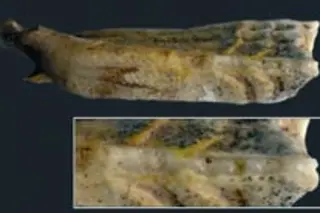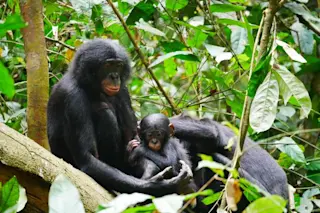On the steppes of Central Asia, researchers have found evidence of the earliest "horse farm" dating from 5,500 years ago, pushing back the known domestication of horses by 1,000 years. Those first domesticated horses were probably kept primarily for meat and milk, researchers say, but soon enough new uses emerged, and horse riding revolutionized transport, communications, trade, and warfare. Says study coauthor Sandra Olsen:
"To me, the domestication of the horse was a seminal event in human history.... All the major empire builders, like Alexander the Great and Genghis Khan, would have been nothing without horses" [Los Angeles Times].
The evidence of the early farm developed by the ancient Botai people of present-day Kazakhstan includes massive deposits of horse bones, grooved horse teeth that indicate the animals wore bridles, and even the chemical traces of horse milk fats in ceramic pots, says study coauthor Alan Outram.
"This is, apart from ...














